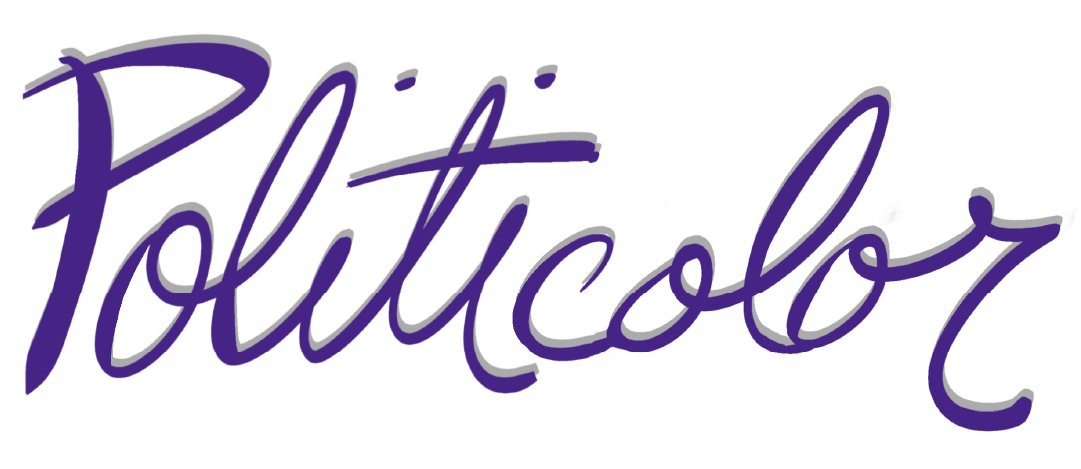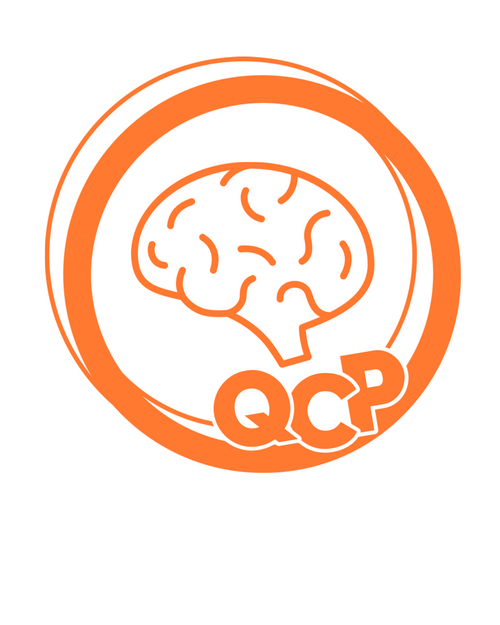My Fellow Citizens,
Gullibility kills.
That’s the last line of Carl Sagan’s essay, “The Fine Art of Baloney Detection.” When it comes to baloney, we’re at Code Red.
The list of today’s baloney is long but includes a video you couldn’t avoid on social media in the last couple of weeks. The viral video, “Pandemic,” pulled in millions of views even though the fact-checking response to the faux-science was comprehensive and swift.
Professional fact-checkers and responsible citizens all ran into the fray with urgency. It felt as though, this time, lives depended on our ability to kill misinformation.
I grumbled with every new appearance of the video, but I put an end to several threads by talking about simple science. Carl Sagan is, of course, the best example of this maneuver. He made it his life’s work to talk about astrophysics in the simplest terms. He made it possible for all of us to look at the world around us and understand it.
When Carl Sagan wrote “The Fine Art of Baloney,” he took aim at the marketing campaigns of cigarette companies. As we all now know, they had results in 1953 that proved cigarettes cause cancer, and they responded with a public relations campaign. These strategies, Sagan writes, “betray contempt for the intelligence of their customers.” Later in the essay:
“But it can be much more dangerous than that, and when governments and societies lose the capacity for critical thinking, the results can be catastrophic—however sympathetic we may be to those who have bought the baloney.”
There’s still contempt for intelligence, but it isn’t limited to the people buying cigarettes.
The contents of Sagan’s baloney detection kit seek to expand this capacity for critical thinking. All the strategies for constructive skepticism are there:
- Seek the independent confirmation of facts
- Encourage debate by experts
- Spin more than one hypothesis
- Avoid getting too attached to a hypothesis just because it is yours
- Quantify (or else your hypothesis isn’t worth much)
- Provide a falsifiable hypothesis
- Choose the simpler hypothesis when two explain the data equally well
He has also presented us with a question about sympathy. How can we find sympathy for the people who keep buying baloney?
First, these baloney-susceptible people seem to make a conscious decision to believe and promote bad information.
Daniel Jolley, a social psychologist at Northumbria University, explains, “Where people are feeling powerless, anxious and threatened… conspiracy theories can offer some relief.” In a piece for BBC Future, author David Robson talks about information overload and our very human tendency to be “cognitive misers.” In the interest of efficiency, we fail to override our intuitive reactions.
This response is accurate for all of us. We don’t think if we don’t have to. We nod along when the information looks “truthy” enough. The people making the baloney are exploiting this.
Then there’s the state of our public mind. Our baloney-susceptible citizens are responding to a pre-existing condition.
Writing for The New Yorker Magazine, Amy Davidson Sorkin writes, “when politicians and public-health authorities forfeit trust, they cause real harm by creating a space that conspiracy theorists rush to fill.” There’s no avoiding these feelings of powerlessness and uncertainty today. The conspiracy theories and bad information are the symptoms but not the cause.
We have to persist in helping one another see the baloney for what it is. We have to respond to this misinformation with something as simple as Sagan’s baloney detection kit.
In one of Plato’s dialogues, Meno, we learn that “true opinions” have never been sufficient. True opinions only persist once “someone ties them down by (giving) an account of the reason why.”
True opinions tied down with reason become knowledge and have a chance of staying with us. That’s how we can do our small part in making a remedy available.
Let’s keep thinking together. It makes a difference.
Shellee
Questions of Civic Proportions
“Never have so many people had access to so much knowledge, and yet been so resistant to learning anything”
—Tom Nichols, Professor at U.S. Naval War College
What do we understand about how accepting inequality for some undermines resilience for all?
We know that this crisis has revealed longstanding inequalities. The question remains, what will we do now that the facts seem to have been laid bare.
In a follow-up to the reporting that the coronavirus has hit the nation’s black communities the hardest, WaPo’s Monkey Cage blog looks at how racial resentment is influencing how we understand this disparity. Fareed Zakaria used the op-ed channel of The Washington Post to write, “Experts have jobs. They need to understand those who don’t.”
That’s nearly the full extent of his argument, but the piece includes statistics we all need to know:
“Only 36 percent of Americans have a bachelor’s degree, and only 13 percent have a master’s or more. And yet, the top echelons everywhere are filled with this ‘credentialed overclass.'”
Over at The New York Times, The Intercepter takes up the question of how the virus works to deepen these economic disparities and how those disparities worsen the spread of the virus. This works in tandem with an “inequality project” that the NYT’s editorial board explained they had in the works all along, but then “history lurched.” They’re hoping we can come out of this crisis more resilient than we were when it started.
The first two chapters of the three-part series are available in a web magazine here. Or skip to their introductory essay: The America We Need.
You can trace themes of housing, healthcare, class mobility, and education throughout the series.
What purpose will guide our plans to reopen schools?
There’s plenty to read about when schools will reopen and what they will look like when they do.
In an op-ed for The Washington Post, Danielle Allen, a political theorist at Harvard University, reflects on how campuses like hers could reopen. They have the high-powered research facilities to develop a program “just for us.” She evaluates that plan using another familiar problem:
“But this would be like responding to terrorism by encouraging every organization in a civil society to build its own private security corps. Those with resources are protected; everyone else is not. A blameworthy shrug of acceptance on the part of the comfortable would set our course in this direction.”
Allen wants to restore a “universal sense of security.” Corey Robin writes in The New Yorker that “The Pandemic is the Time to Resurrect the Public University” and invites readers to remember the 19 CUNY students who have already died from COVID-19.
This piece from The Washington Post contemplates what reopening safely would require. Scenarios include masked students, one-way hallways, and half-empty school buses.
Teachers’ unions and school administrators are considering these changes and what they will cost while budgets are tight. (Chalkbeat: Returning to Campuses in the Fall will be complicated).
What do we lose when we lose our interest in learning?
You may already know Tom Nichols’s book The Death of Expertise: The Campaign Against Expert Knowledge and Why it Matters. (affiliate link). He published the book in 2017 and it seems to have only grown more relevant in the years since. Here’s a small to consider what he knows about the problems we face when it comes to scientific thinking:
“And yet the result has not been a greater respect for knowledge, but the growth of an irrational conviction among Americans that everyone is as smart as everyone else. This is the opposite of education, which should aim to make people, no matter how smart or accomplished they are, learners for the rest of their lives. Rather, we now live in a society where the acquisition of even a little learning is the endpoint, rather than the beginning, of education. And this is a dangerous thing.”
Good Work: The Essential Work of the Ice Cream Truck
Godfrey Robinson has driven an ice cream truck in his NYC community for 26 years. In this video from The New York Times, he is making the case that this is essential work.
Yes, it’s how he makes a living, but it’s also how he serves his community. Robinsons says:
You’ll share in that joy if you take four minutes to watch the video linked above. You’ll see scenes from the city’s streets along with dipped cones, tons of sprinkles, and big smiles. The streets are still quieter than you’d expect, but it’s all a little less haunting with Robinson as our guide.
FunTime Frostee trucks have made all the necessary changes—two masks, gloves, extra disinfecting, plenty of wipes, and instructions to back up after placing your order. Robinson says they also have to give everyone extra time to get their shoes and get down to the truck. He leans out the window and looks down the street to see if customers are still coming his way. Robinson explains that his customers will wait for him. They’re as loyal to supporting him as he is to serving them.
The soundtrack for the video includes music you’ll recognize. The simple tinny tune that plays on repeat throughout the video will transport you somewhere else too. We all know what to do when we hear the ice cream truck coming.
Robinson asks, “You remember when you was a kid, right? When you heard that bell, that bell was almost like going to Disney World.” Somehow, that song and the slow-rolling truck carry a promise that normalcy will come back too.
One neighbor tells the camera, “I’m glad I heard the ice cream truck because it’s better than hearing the sirens of the fire truck and ambulance.”
And that sounds like a winning argument.

